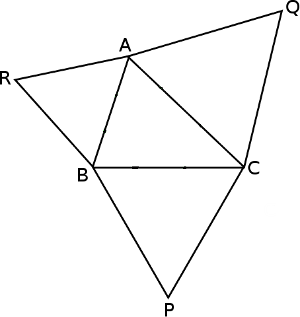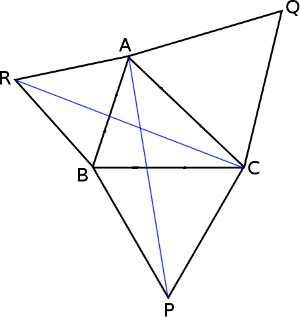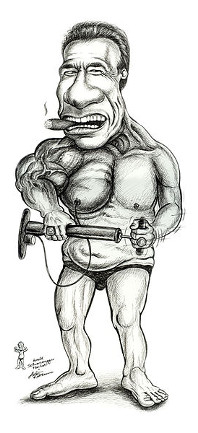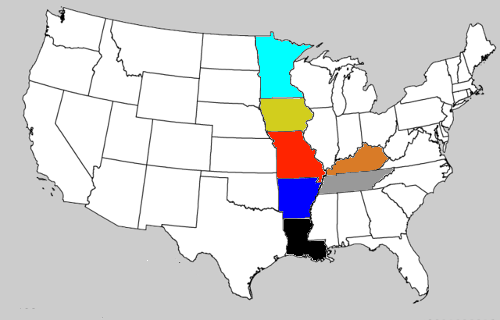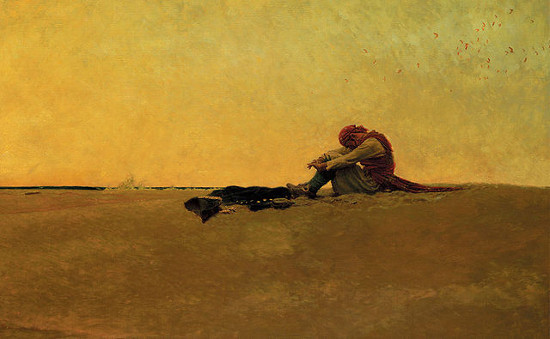
Three children return home after playing outside, and their father tells them that at least one of them has a muddy face. He repeats the phrase “Step forward if you have a muddy face” until all and only the children with muddy faces have stepped forward.
If there’s only one child with a muddy face, then she’ll step forward immediately — she can see that no other children have muddy faces, so her father must be talking about her. Each of the other children will see her muddy face and stand fast, since they have no way of knowing whether their own faces are muddy.
If there are two children with muddy faces, then no one will step forward after the first request, since each might think the father is addressing the other one. But when no one steps forward after the first request, each will realize that there must be two children with muddy faces, and that she herself must be one of them. So both will step forward after the second request, and the rest will stand fast.
A pattern emerges: If there are n children with muddy faces, then n will step forward after the nth request.
But now imagine a scenario in which more than one of the children has a muddy face, but the father does not tell them that at least one of them has a muddy face. Now no one steps forward after the first request, for the same reason as before. But no one steps forward at the second request either, because the fact that no one stepped forward after the first request no longer means that there is more than one child with a muddy face.
This is perplexing. In the second scenario all the children can see that at least one of them has a muddy face, so it seems needless for the father to tell them so. But without his statement the argument never gets going; despite his repeated requests, no child will ever step forward. What’s missing?
(From Michael Clark, Paradoxes From A to Z, 2007.)


